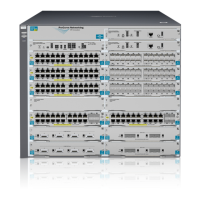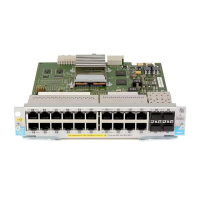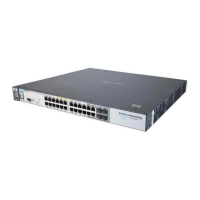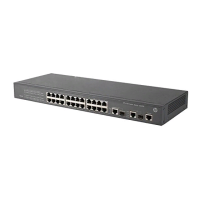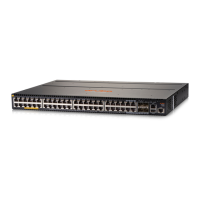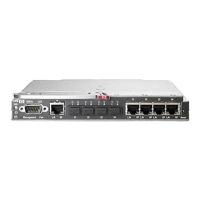ENWW Engine control system 125
The values of these biases vary according to the commands from the DC controller.
Developing bias generation
The developing biases (DEV1, DEV2, DEV3, DEV4) are used to adhere the toner to an
electrostatic latent image formed on the photosensitive drum. They are the DC negative biases,
one for each color (C, Y, M, K), generated in the developing high-voltage generation circuit in the
high-voltage power supply circuit. The high-voltage power supply circuit applies these biases to
the developing cylinders in each cartridge at the specified time.
The values of these biases vary according to the commands from the DC controller.
Developing blade bias generation
The developing blade bias (BLD) is output to charge the toner uniformly.
It is the DC bias. It is generated in the developing blade high-voltage generation circuit in the high-
voltage power supply circuit and shared by all colors (C, Y, M, K). The high-voltage power supply
circuit applies this bias to the developing blades in the cartridges at the specified time.
Primary transfer bias generation
The primary transfer biases (TR11, TR12, TR13, TR14) are output to transfer the toner on the
photosensitive drum to the ITB. They are the DC positive biases, one for each color (C, Y, M, K),
generated in the primary transfer high-voltage generation circuit in the high-voltage power supply
circuit. The high-voltage power supply circuit applies them to the primary transfer charging rollers
in each cartridge at the specified time.
The values of these biases vary according to the commands from the DC controller.
Secondary transfer bias generation
The secondary transfer bias TR2 is output to transfer the toner on the ITB to paper.
There are two kinds of biases, one DC positive, and the other DC negative. They are generated in
the secondary transfer high-voltage generation circuit in the high-voltage power supply. The high-
voltage power supply circuit applies them to the secondary transfer charging roller according to the
following print sequences.
● Print bias (DC positive): The bias to transfer the toner on the ITB to paper during the printing
process.
● Between-sheets bias (DC positive): The bias to prevent the residual toner on the ITB from
adhering to the secondary transfer roller during continuous printing.
● Cleaning bias (DC positive/negative): The bias to put the toner adhered to the secondary
transfer roller back to the ITB.
The values of these biases vary according to the commands from the DC controller.
The DC controller adjusts the voltage of the transfer bias constant according to the TRANSFER
CURRENT FEED BACK signal (TR2S) sent from the secondary transfer high-voltage generation
circuit. The DC controller also controls the rated current.
Fuser bias generation
The fuser bias (FSR) is output to prevent the toner on the paper from adhering to the fuser sleeve
before fuser process.
It is the DC positive bias generated in the fuser high-voltage generation circuit in the high-voltage
power supply circuit. The high-voltage power supply circuit applies this bias to the pressure roller
of the fuser unit at the specified time.
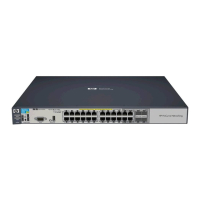
